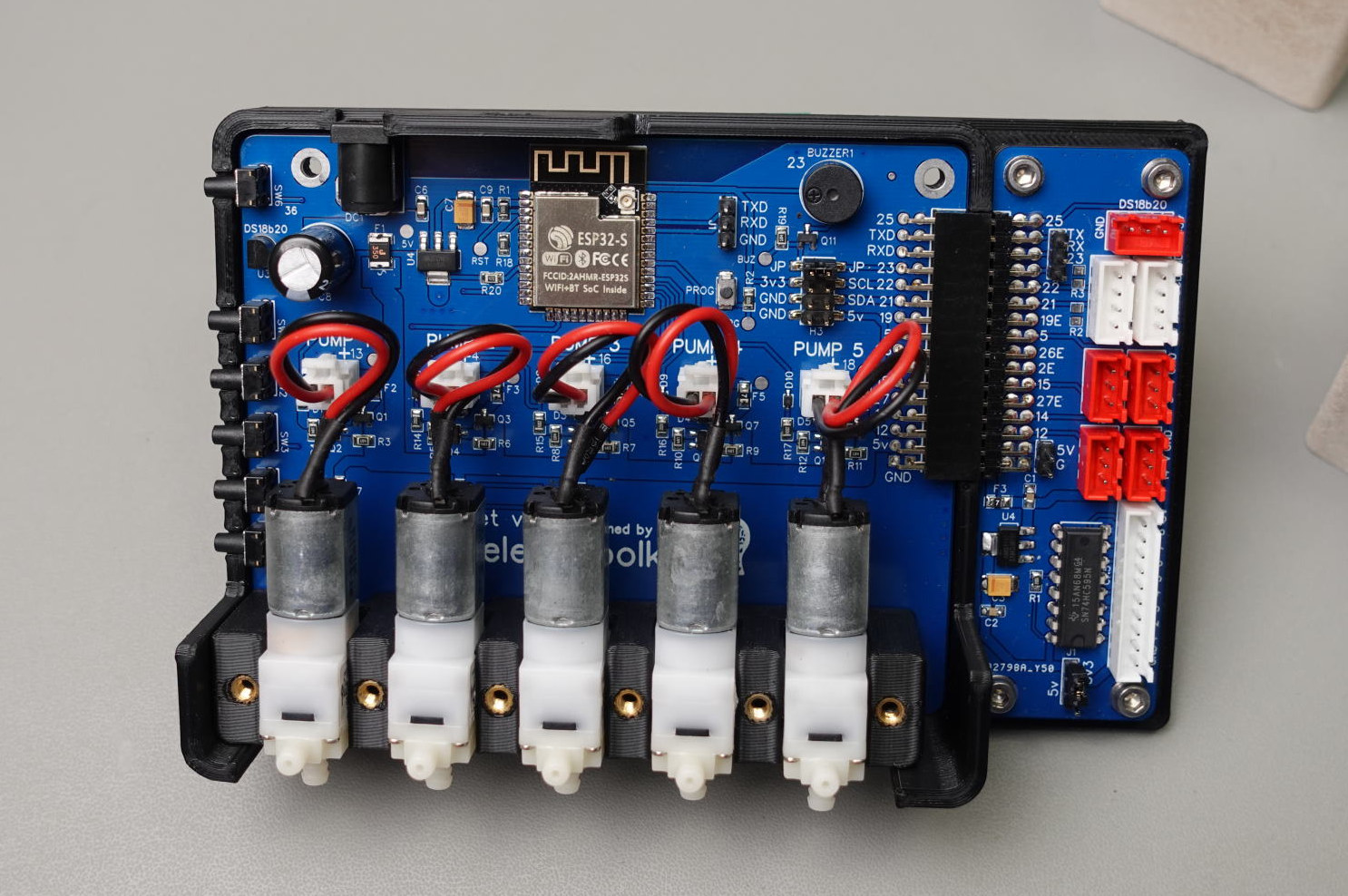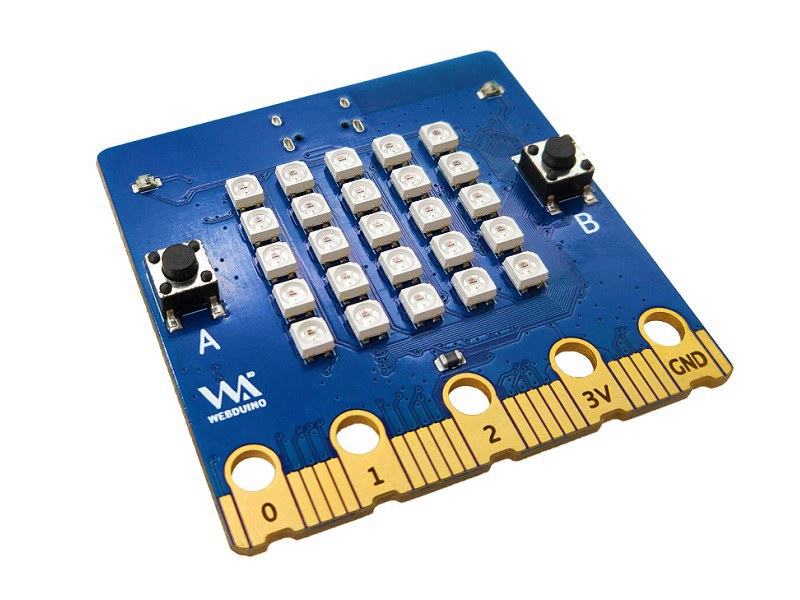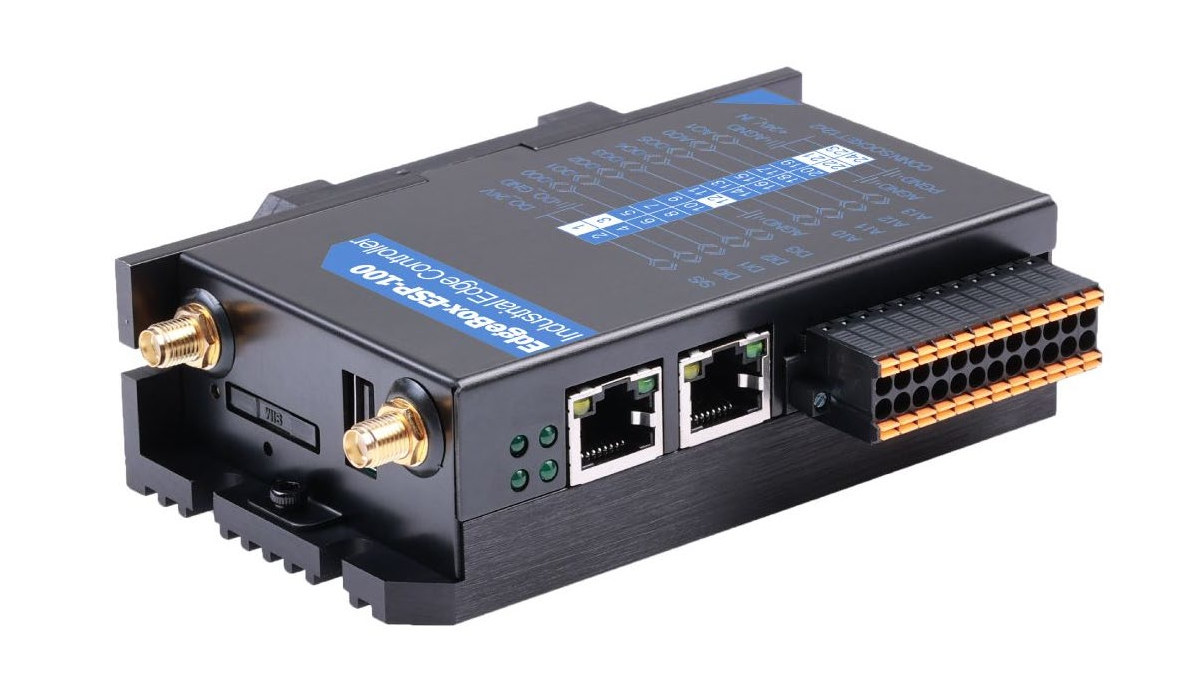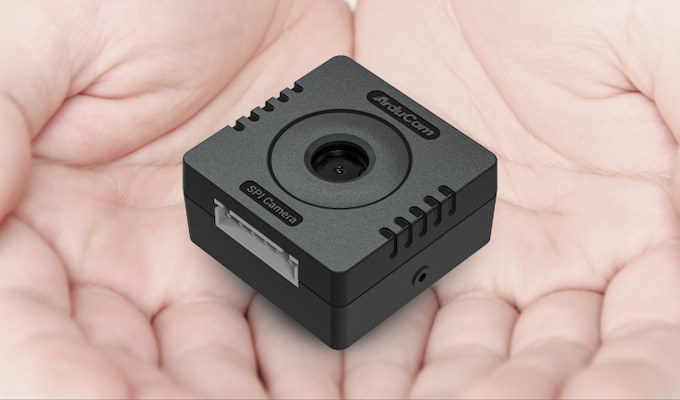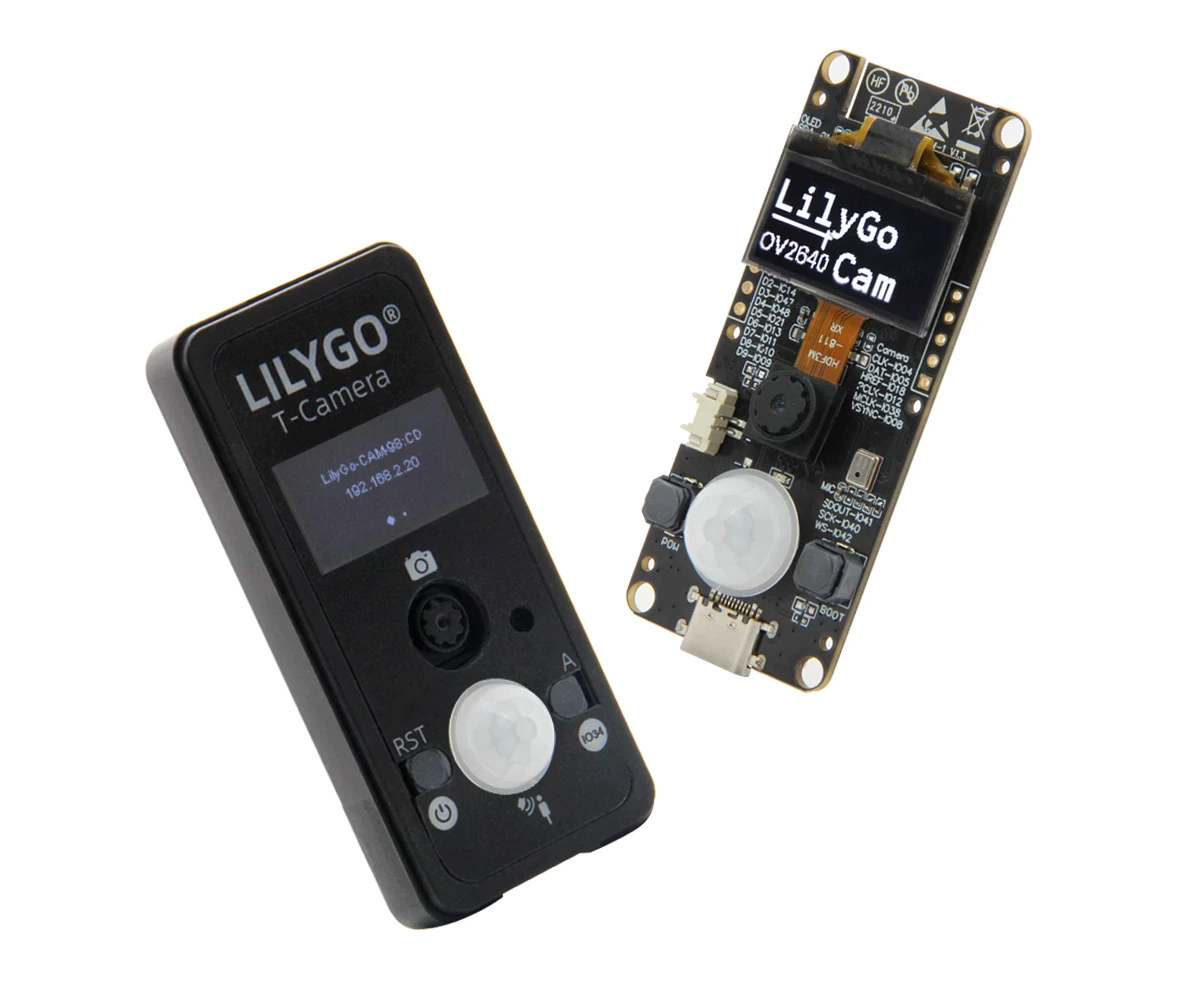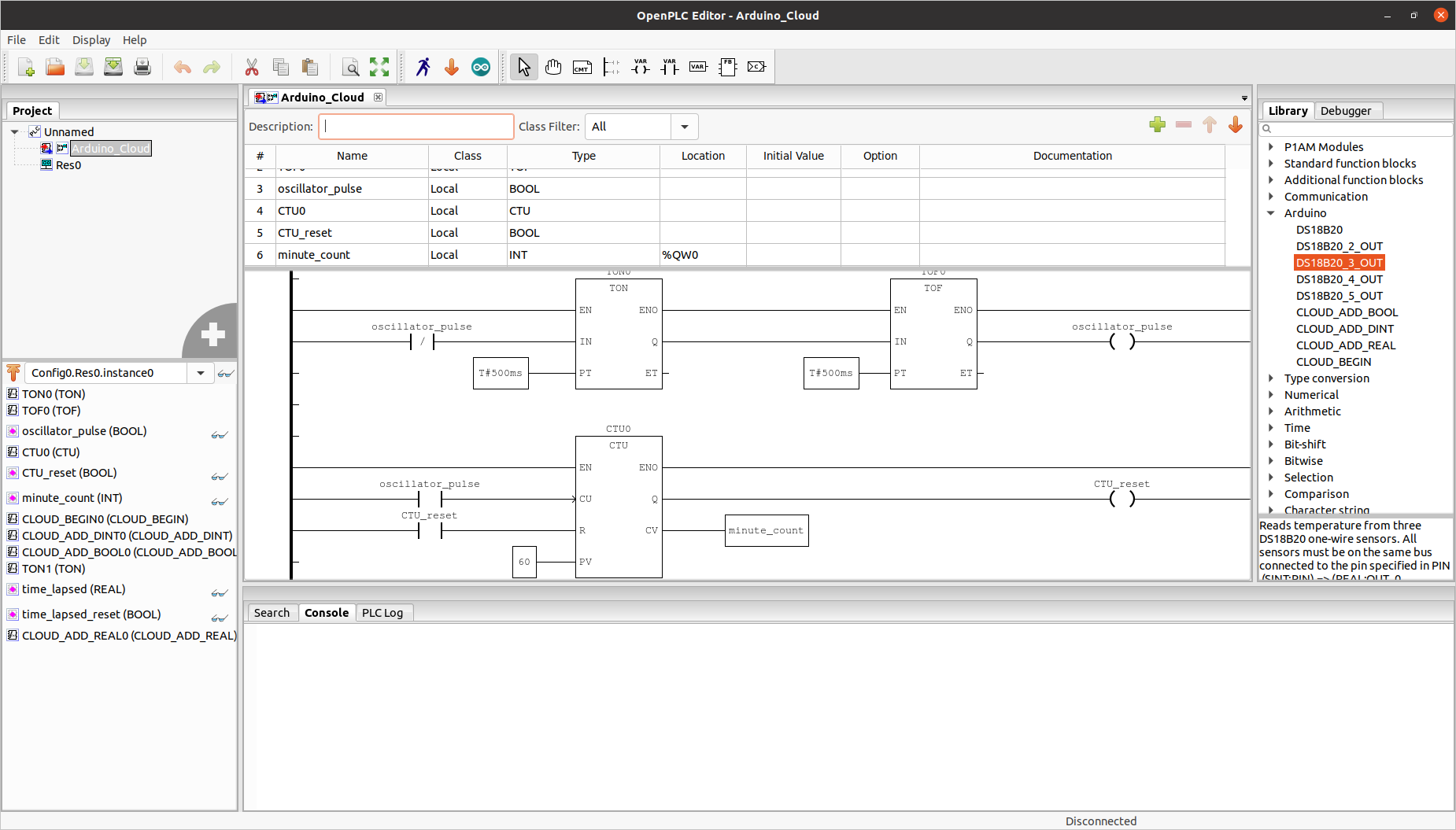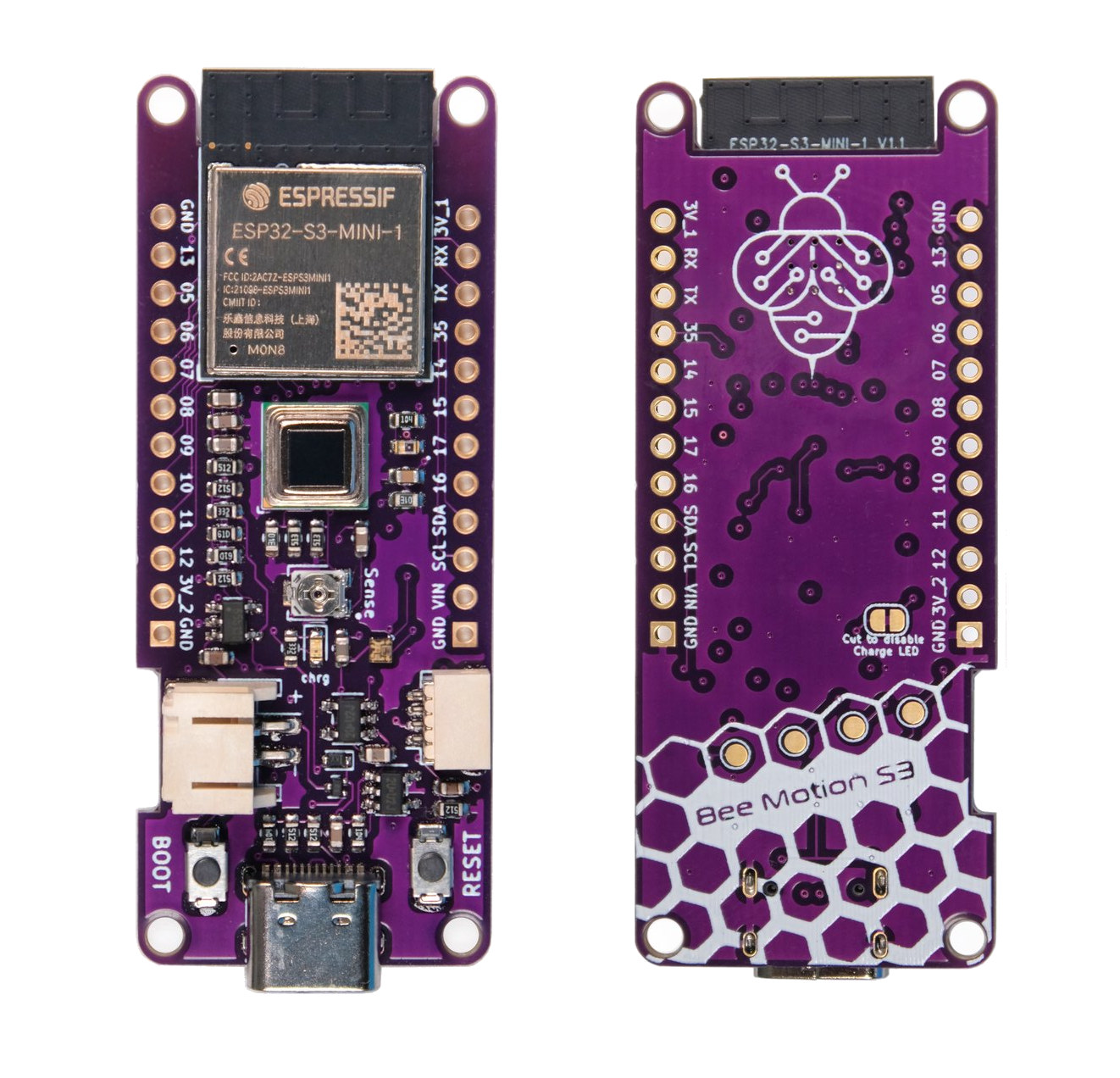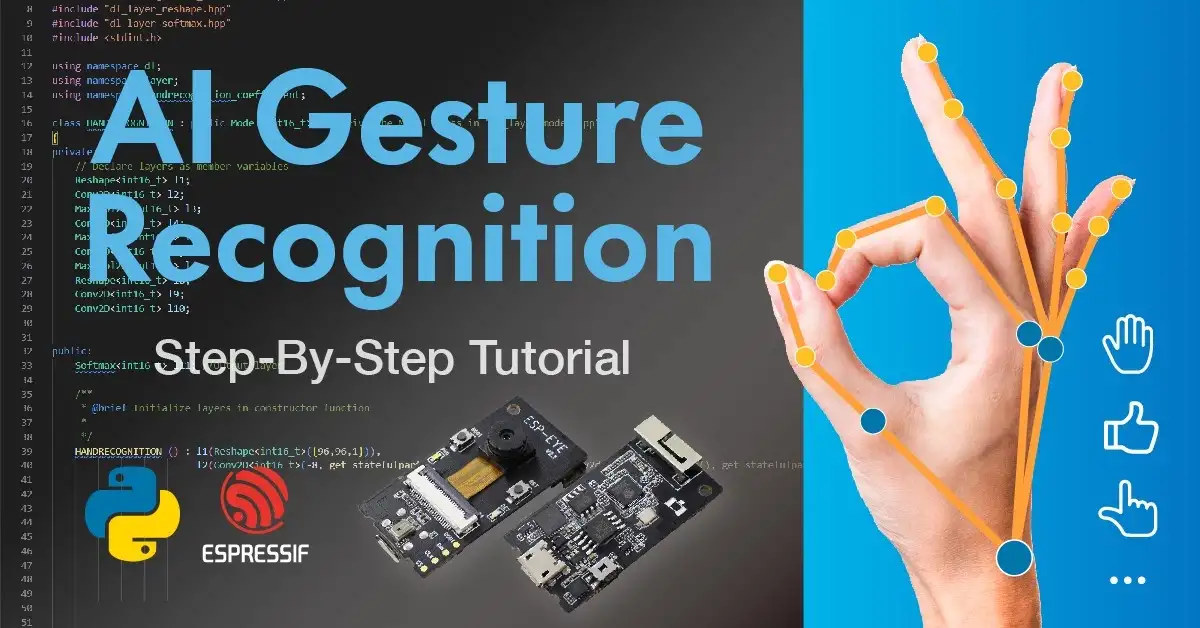When PricelessToolkit failed to find an affordable (indoor) irrigation system that works with Home Assistant and ESPHome, he built the DROPLET board based on ESP32 wireless SoC and supporting up to five micro-pumps and soil moisture sensors. The board also comes with switches to manually control the pump, a built-in DS18B20 temperature sensor, a buzzer, and a I/O header to connect an expansion header for relay control, I2C, GPIOs, and an external DS18B20 temperature sensor. DROPLET specifications: Wireless module – ESP32-S with ESP32 dual-core 32-bit microcontroller @ 240 MHz with 2.4 GHz WiFi and Bluetooth connectivity, 4MB SPI flash Display – I2C header for 5V/3.3V OLED display Pump interfaces – 5x 2-pin connectors for micropumps Sensors and sensor interfaces DS18B20 temperature sensor 5x 3-pin connectors for soil moisture sensors; pulled low with a 1 MΩ resistor. Expansion – 2x 16-pin right-angle female header with GPIOs, UART, 5V, and GND Debugging […]
Banana BPI-Bit-S2 BBC Micro:bit compatible board supports WiFi
Banana BPI-Bit-S2 is a board for the education market that’s compatible with the BBC Micro:bit V2, but offers WiFi connectivity instead of Bluetooth LE through an Espressif Systems ESP32-S2 wireless microcontroller. The BPI-Bit-S2 succeeds the earlier Banana Pi BPI-Bit with ESP32 WiFi & BLE microcontroller that was a closer match to the original BBC Micro:bit than the new ESP32-S2 board for which I see little benefit, except for the slightly lower price tag. Banana BPI-Bit-S2 specifications: Wireless MCU – Espressif Systems ESP32-S2FN4R2 single core LX7 microcontroller with 320 kB SRAM, 2MB PSRAM, 4MB flash, 2.4 GHz WiFi connectivity LEDs – 25x RGB LED matrix USB – 1x USB Type-C port for power and programming Sensors – 2x light sensors, 1x thermistor sensor Expansion – 3x I/O rings, 3V/GND rings, 20-pin edge connector (compatible with BBC Micro:bit V2 design) with up to 16x GPIO, I2C, SPI, 3.3V, and GND Misc – […]
EdgeBox-ESP-100 – An ESP32-S3 industrial controller with RS485, CAN Bus, DIO, 4G LTE, and more
We’ve previously covered the EdgeBox-RPi4 industrial controller powered by a Raspberry Pi Compute Module 4 and plenty of I/Os such as RS485, RS232, digital inputs and outputs, and connectivity options such as Gigabit Ethernet, WiFi 5, Bluetooth 5, and 4G LTE. But if you don’t quite need the power of a Linux controller, the EdgeBox-ESP-100 industrial edge controller based on an ESP32-S3 dual-core WiFi and Bluetooth microcontroller and offering a similar set of features, albeit with twists, may be an interesting option. EdgeBox-ESP-100 specifications: Microcontroller – Espressif Systems ESP32-S3 dual-core Tensilica LX7 microcontroller @ 240 MHz with AI vector instructions, 512KB RAM Memory – 8MB PSRAM Storage – 16MB Flash Network connectivity 10/100M Ethernet RJ45 port 2.4 GHz WiFi 4 and Bluetooth 5.0 LE via ESP32-S3 4G LTE cellular via SIMCom A7670G LTE Cat 1 module Optional support for LoRa (replaces the A7670G module) Serial & I/Os via terminal blocks […]
ArduCam Mega – A 3MP or 5MP SPI camera for microcontrollers (Crowdfunding)
ArduCam Mega is a 3MP or 5MP camera specifically designed for microcontrollers with an SPI interface, and the SDK currently supports Arduino UNO and Mega2560 boards, ESP32/ESP8266 boards, Raspberry Pi Pico and other boards based on RP2040 MCU, BBC Micro:bit V2, as well as STM32 and MSP430 platform. Both cameras share many of the same specifications including their size, but the 3MP model is a fixed-focus camera, while the 5MP variant supports autofocus. Potential applications include assets monitoring, wildfire monitoring, remote meter reading, TinyML applications, and so on. ArduCam Mega specifications: Camera Type 3MP with fixed focus 5MP with auto-focus from 8cm to infinity Optical size – 1/4-inch Shutter type – Rolling Focal ratio 3MP – F2.8 5MP – F2.0 Still Resolutions 320×240, 640×480, 1280×720 x 1600 x1200x 1920 x 1080 3MP – 2048 x 1536 5MP – 2592×1944 Output formats – RGB, YUV, or JPEG Wake-up time 3MP – […]
T-Camera S3 – An ESP32-S3 board with camera, display, PIR motion sensor, and microphone
LilyGO has launched a new ESP32-S3 WiFi & BLE camera board with the T-Camera S3 also featuring a small display, a PIR motion sensor, and a microphone, as well as an optional plastic shell. The T-Camera S3 is an evolution of the TTGO T-Camera ESP32 board introduced in 2019 with many of the same features, but the ESP32 microcontroller has been replaced with an ESP32-S3 microcontroller with vector extensions that makes it suitable for machine learning and computer vision applications. The new board also comes with a larger 16 MB SPI flash, more I/Os, and a few other small changes. T-Camera S3 specifications: ESP32-S3-WROOM-1 wireless module SoC – ESP32-S3FN16R8 dual-core Tensilica LX7 microcontroller @ 240 MHz (Note: this SKU is not listed in the official ESP32-S3 datasheet) with 2.4 GHz 802.11n WiFI 4 and Bluetooth 5.0 LE connectivity Memory – 8MB PSRAM Storage – 16MB SPI flash Camera – 2MP […]
OpenPLC open-source Programmable Logic Controller Suite works with Arduino, ESP8266/ESP32, Raspberry Pi, etc.
OpenPLC is an open-source, free-to-use Programmable Logic Controller Suite, compliant with the IEC 61131-3 standard, and working with a range of hardware platforms such as Arduino, ESP8266/ESP32, Raspberry Pi SBCs, as well as Windows and Linux machines. When Arduino unveiled the Arduino PLC IDE, we noted the languages defined by the IEC 61131-3 standard were licensed, and the PLC key for the Portenta Machine Control unit sold for $17.60. One reader complained about the high license cost per device, but Massimo Banzi, the co-founder of the Arduino project, replied it was cost-effective for smaller deployments: Actually it’s not that much money compared to the cost of other PLC software (thousands of dollars per seat!). This model helps small companies with not that many devices.. It’s possible to negotiate bulk licenses for companies. But there’s also another option with OpenPLC open-source PLC suite that does not require any license fee. That’s […]
Bee Motion S3 – An ESP32-S3 board with a PIR motion sensor (Crowdfunding)
The Bee Motion S3 is an ESP32-S3 WiFi and Bluetooth IoT board with a PIR motion sensor beside the more usual I/Os, Qwiic connector, USB-C port, and LiPo battery support. It is at least the third PIR motion wireless board from Smart Bee Designs, as the company previously introduced the ESP32-S2 powered Bee Motion board and the ultra-small Bee Motion Mini with an ESP32-C3 SoC. The new Bee Motion S3 adds a few more I/Os, a light sensor, and the ESP32-S3’s AI vector extensions could potentially be used for faster and/or lower-power TinyML processing. Bee Motion S3 specifications: Wireless module – Espressif Systems ESP32-S3-MINI-1 module (PDF datasheet) based on ESP32-S3 dual-core Xtensa LX7 microcontroller with 512KB SRAM, 384KB ROM, WiFi 4 and Bluetooth 5.0 connectivity, and equipped with 8MB of QSPI flash and a PCB antenna USB – 1x USB Type-C port for power and programming Sensors PIR sensor S16-L221D […]
Hand Gesture Recognition on ESP32-S3 with the ESP-DL library
Ali Hassan Shah has deployed a deep learning model for hand gesture recognition on the ESP32-S3-EYE board using the ESP-DL library and achieved AI-powered hand recognition with a 0.7-second latency on the ESP32-S3 camera board. Last year, Espressif released the ESP-DL library for the ESP32-S3 microcontroller with AI vector extensions, as well as ESP32 and ESP32-S2, along with a face detection demo that ran much faster on the ESP32-S3. Ali rolled out his own solution for AI gesture recognition and provided a step-by-step tutorial along the way. The main steps to deploying a custom model with the ESP-DL library include: Model Development that involves Getting or creating datasets. In this case, downloaded from Kaggle with 6 gestures namely Palm, I, Thumb, Index, Ok, and C. Testing, training, and calibrating the datasets Building a (CNN) Model Training a Model Saving a Model to the Hierarchical Data format (.h5) Converting the H.5 […]


